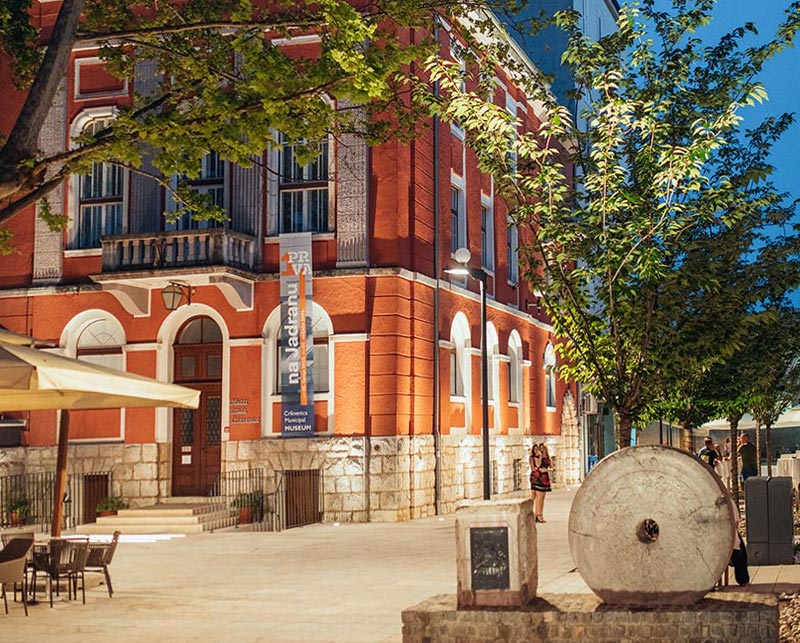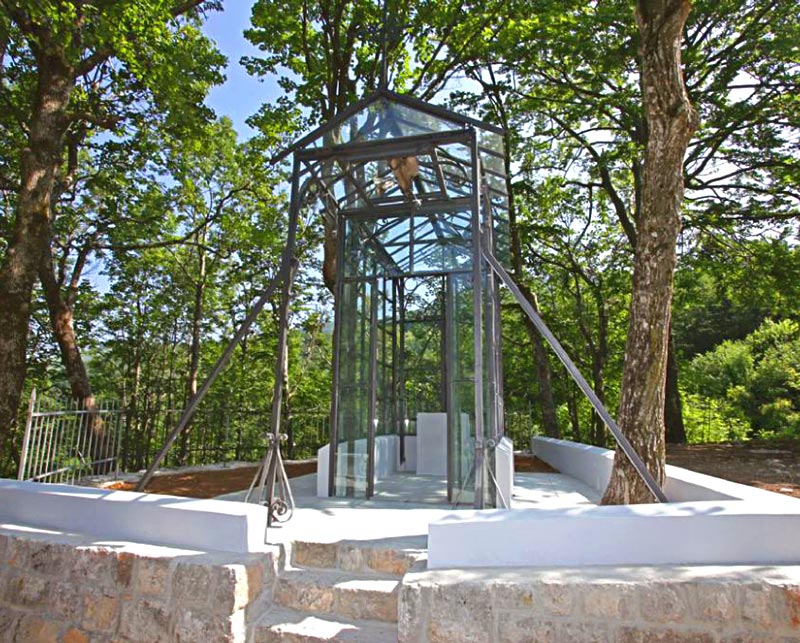Cultural heritage
Traces in time
Our story is tumultuous and dynamic, woven together from strands left by many peoples and cultures. Tradition lives within us, on the streets and squares, in museums and galleries, in imposing structures and small concealed chapels. Since the distant past this region has been known as a refuge for many great men and a place where stories were created that still have great resonance today.
This is the home of one of the oldest European legal documents, the Vinodol Law Code from 1288. Traces in time were also left by the remains of the great Roman-era pottery workshop in Crikvenica, Ad Turres, as well as the castles and fortresses raised during the reign of the mighty Frankopan counts. The world’s greatest Renaissance miniaturist Juraj Klović grew up here. The brothers Ivan and Josip Skomerža were world-renowned inventors of fishing tools, and at the onset of the 20th century Crikvenica was one of the Adriatic’s leading fishing hubs.
And finally, you should not miss the carnival customs. Each piece of this rich cultural heritage creates an indescribable tourism mosaic that just compels you to explore it.

Crikvenica
In response to the common question of what can or should be seen in Crikvenica, besides the sun and sea, thrilling recreational activities and many events, we respond that visitors should not neglect its astounding cultural and historical attractions: stone churches and chapels of all sizes and the town’s museum with its archaeological, natural history, cultural-historical and fishing collections and gallery that picturesquely displays the works of numerous artists. Moreover, here you can see the weather station, the Ad Turres archaeological site with remains of unique (Crikvenica-type) flat-bottomed amphorae and The Fisher, a bronze statue made by Zvonko Car and dedicated to the rich local fishing tradition. The charming, intriguing and somewhat undiscovered community of Kotor, where the remains of six churches are still preserved, is situated on a hill overlooking Crikvenica.
Novi Vinodolski
For centuries Novi Vinodolski has preserved the oldest Croatian legal document, written in the Glagolitic script, which has left a major mark on Croatian history and still constitutes an inexhaustible source of data on life, social organization and the level of development in the late 13th century. Novi Vinodolski is a genuine hub of Croatian culture and history. Lovers of fortifications and the remains of historical structures will be delighted by the ramparts of the Roman fort Lopsica, the remains of the Pauline friary and the Frankopan castle and tower. Lovers of the religious monuments can see the Cathedral of Sts. Philip and James, the small Church of the Holy Trinity and St. Marin on the eponymous island, and the Glass Chapel. You can spend time exploring the house of the Mažuranić brothers, the library and reading room from 1845 and the National Museum and Turnac Town Gallery.


Vinodol
Once known as Vallis vineariae, it has roots in the distant past. In the 2nd century BC, the Romans built the fortification called Badanj and the road leading to Dalmatia. The Zrinski and Frankopan counts left their mark on the region’s culture and history. Three of nine castles are situated in the area of today’s Vinodol: Bribir, Grižane and Drivenik.
The historical legacy includes numerous churches, chapels and hillforts, as well as Stranče, an early Croatian necropolis from the 8th-11th centuries. Also fascinating are the remains of numerous springs and stone wash basins that were an important source of life for Vinodol’s residents in the past; recently sixteen of them have been restored. Art lovers must certainly visit the Klović House, a museum collection dedicated to Renaissance miniaturist Juraj Julije Klović.
